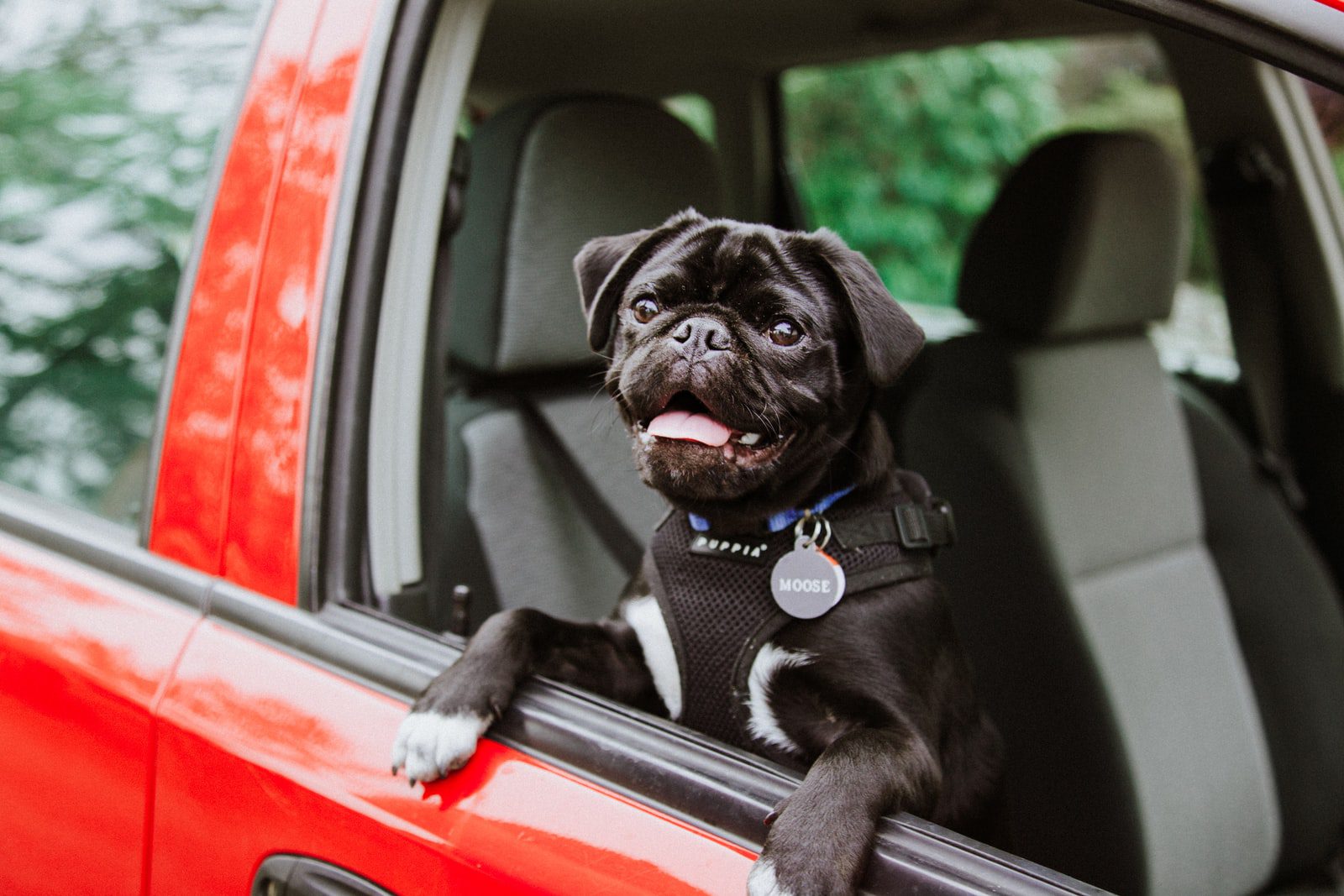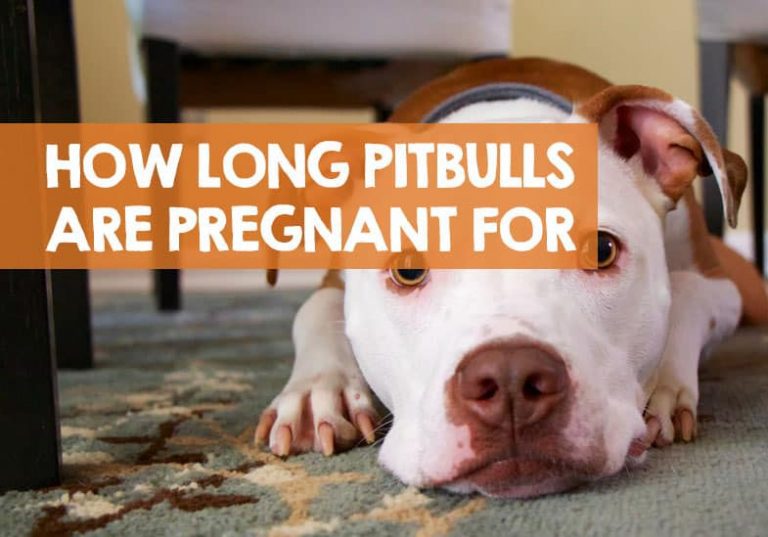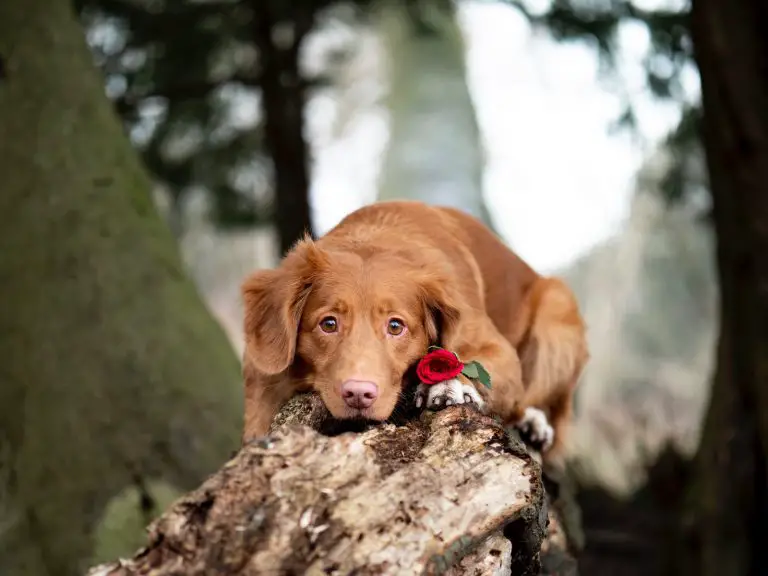Our dogs are our best friends. They go with us everywhere, often riding shotgun. Technology has come a long way in making cars safer for humans, but what about our furry co-pilots?
Basic Safety
It’s a familiar sight for everyone: A happy, smiling dog, head out the window, ears and tongue flapping in the breeze. Most of us let our pups hang their heads out of the window without a second thought, but it’s actually more dangerous than one might think. Airborne debris and roadside hazards, like construction and low-hanging branches, pose quite a threat to your dog’s head. Think about all the reasons you don’t ride with your head out the window; a mouthful of bugs and lungs full of dirt and pollen don’t seem too appealing, right?
Of course, no one wants to deny their pup the pure joy of the breeze in their fur, so letting your dog hang their head out the window is fine for short trips. Just make sure that the power windows or off – one misplaced paw can open or close the window, allowing your dog to jump out or hurt themselves in the closing window.
Another popular practice is to let a dog ride in the bed of a truck, but that is even more dangerous than letting your dog’s head fly free. All the open-window risks still apply, but at an increased level – plus the added risk of the dog jumping out and a higher risk of more serious injury in the event of an accident.
It is also important to be mindful of the safety risks posed inside the car. Airbags are wonderful safety technology, but they can be serious threats to small children and dogs. For this reason, it is a good idea to confine your pup to the back seat, especially if your front seat is equipped with side-impact airbags as well as front ones.
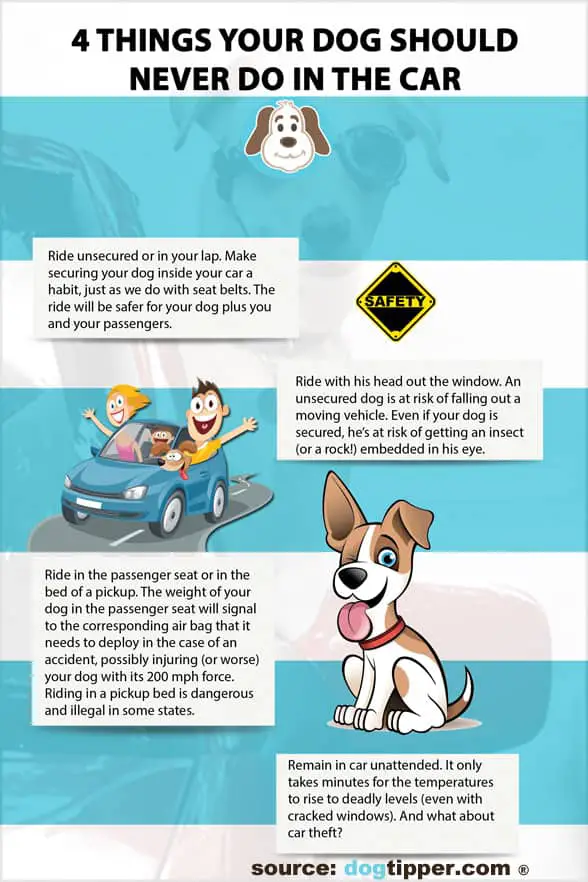
Safety Devices
Luckily, there are a variety of readily available and easy-to-use devices that can help you make your car safer for your pet. No matter the size of your car, breed of your dog, or length of your trip, the market for pet safety is larger than ever, and growing more every day, which means that no matter what your needs are, there is likely an option that fits your dog, your car, and your budget.
Harnesses & Seatbelts
One of the most common car safety options for dogs is the dog seatbelt. Seatbelts are excellent for owners who want to keep their dogs contained without the use of a crate. The use of a seatbelt allows the dog to be out in the open but keeps them safe in the event of an accident and prevents them from roaming the car freely. There are several variations of these seatbelts, like restraint harnesses and zipline harnesses.
Regular or restraint harnesses attach to the seatbelt in your car and work just like a harness you might use with a leash on a walk. A zipline harness attaches to the ceiling handles of your car or the seatbelts and allows your dog free reign of the backseat, as the device allows them to move back and forth along the zipline. Dog seatbelts of any type are the DMV’s favorite dog safety device for car travel.
Barriers
Another popular product is the car barrier. These mini walls confine your pooch to a specific area of the vehicle, keeping them out of the front seat. Some barriers attach to the driver and passenger seats, while barriers for hatchback cars can be set up behind the second row of seats. Barriers are great options if you want your dog to be able to move around more freely than with a harness. These are also good for dogs who are more comfortable riding in cars; if your dog is not used to being in a moving car, having unrestrained movement can cause undue stress and create additional opportunities for your dog to get hurt while pacing.
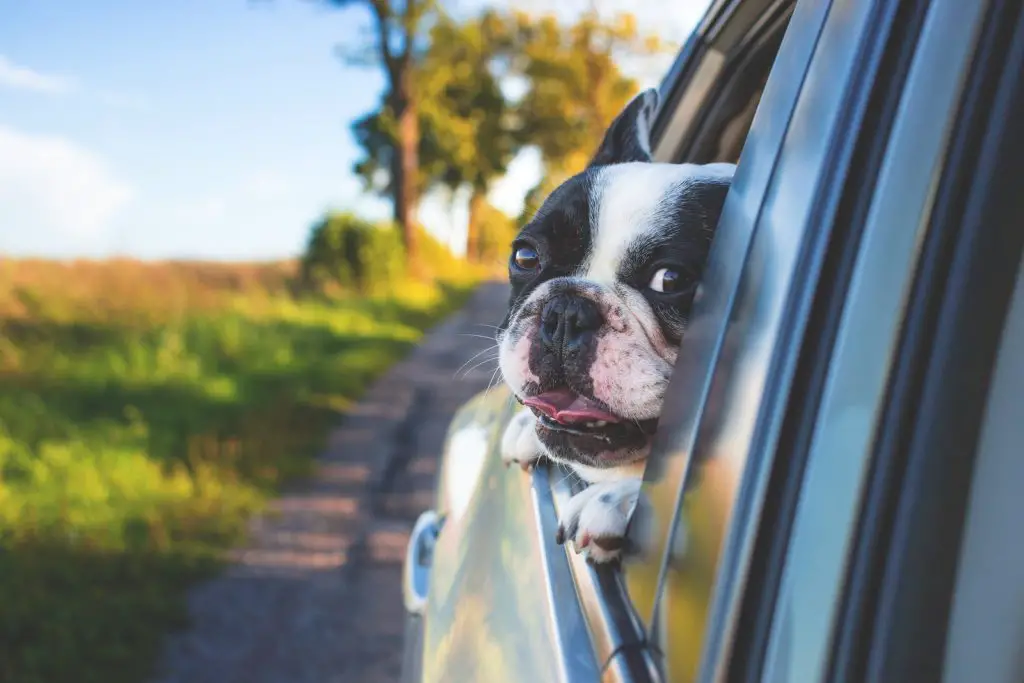
Crates & Carriers
If you are really nervous about having your dog in the car, especially for a lengthy drive, you can always look in to specialized crates and carriers.
Crates give your dog a cozy, familiar, enclosed space to rest while in the car. It keeps them from roaming the cabin freely, which cuts down on opportunities for injury. It also makes clean-up easier if your dog gets carsick or has an accident
Carriers have similar benefits – they keep your dog confined – but it should be said that they are not nearly as safe. Since they are soft rather than structured, there is really no protection in the event of an accident, or even if the crate/carrier slides around in the car.
If you do decide to go the carrier route, always make sure that your dog’s kennel is properly secured. It’s like a car seat for a toddler: it can’t do its job if it is not anchored properly!
Hitting the Road
Once you’ve selected the perfect device for keeping your pup safe, it’s time to hit the road! Remember: Your dog (and any pet) has different needs, so be sure to stop and take breaks – even if you don’t feel like you need one, remember that your dog is not used to being in a car long-term.
If you are planning a long-distance drive with your pup, it’s a good idea to get them used to riding in the car for short distances – and not just to the vet. This is a great excuse to pack up the toys and head to the dog park!
One more thing: recently, we have become more aware of the dangers of leaving our dogs unattended in parked vehicles. The temperature inside your car increases exponentially, even with the windows cracked. It is usually not ever a good idea to leave your dog alone in a car, but if it’s absolutely unavoidable, make sure you leave the AC cranked; hot dogs are best served at the ballpark, after all!

